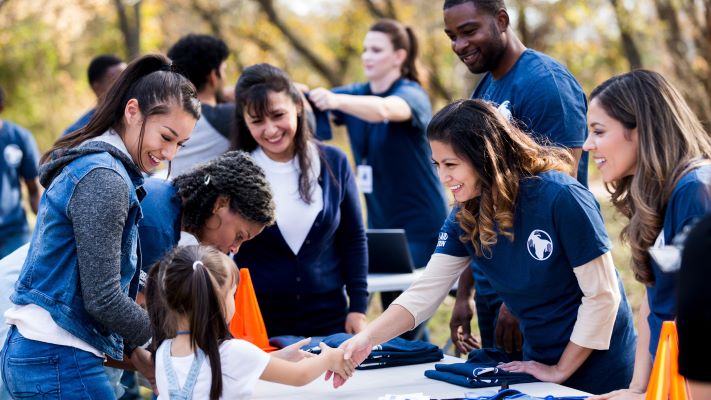At a glance
As mentioned in the preface, this section provides public health site teams with a set of community engagement activities they can use to meet the needs of a community. Activities can be tailored for the capacity of your team and ATSDR’s mission.

What to Know
The number and type of activities you choose to implement depends on a variety of factors. These factors may include the community’s capacity, needs, and preferences, as well as the availability of resources. It is also important to consider, the stage of the public health response when choosing in what phase to implement them.
The type and scope of public health work may determine which community engagement activities are most appropriate. Some communities will have a high level of awareness about the environmental contamination. In addition, some may also have a longstanding relationship with ATSDR or other government health organizations. In these communities, effective engagement may involve only a few of the activities presented below. In other communities, you may need to implement all of the activities. Public health teams should work with the community and its leaders. Together with other identified state, territorial, local, and tribal (STLT) partners they can then implement the activities introduced in the Playbook.
To help you understand how you might implement each activity to make changes in your community, we provide the following sections:
- An Overview of the activity
- A Keep in Mind section (with helpful reminders related to the activity)
- A Where to Start section (with immediate first steps to get things moving)
- A Tips from the Field section to indicate: key practices for success, areas to exercise caution, and risks to avoid.
- Callout boxes (with additional information, case studies, checklists, and tools to support the activity)
- An Additional Resources section, (with links to information, tools, and templates)
Activities
To assist you in your planning, please refer to:
- Developing a Community Profile - Identifying Stakeholders
- Developing a Community Engagement Plan
- Gathering Information - Sharing Information
- Maintaining Collaboration and Communication with Community Stakeholders
- Developing Communication Materials and Identifying Communications Channels
- Planning and Conducting Health Education for Community Members
- Evaluation of Community Engagement Activities

